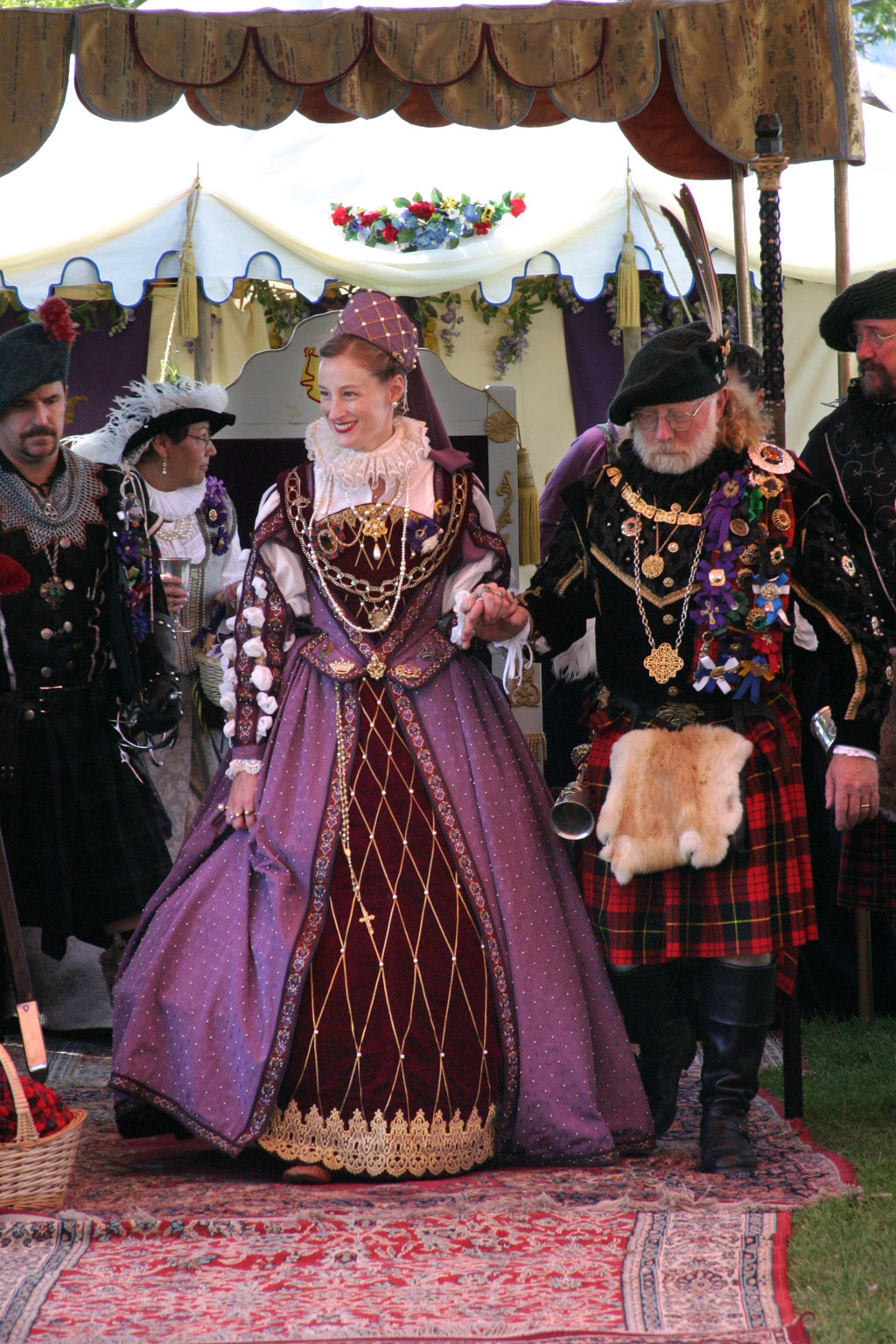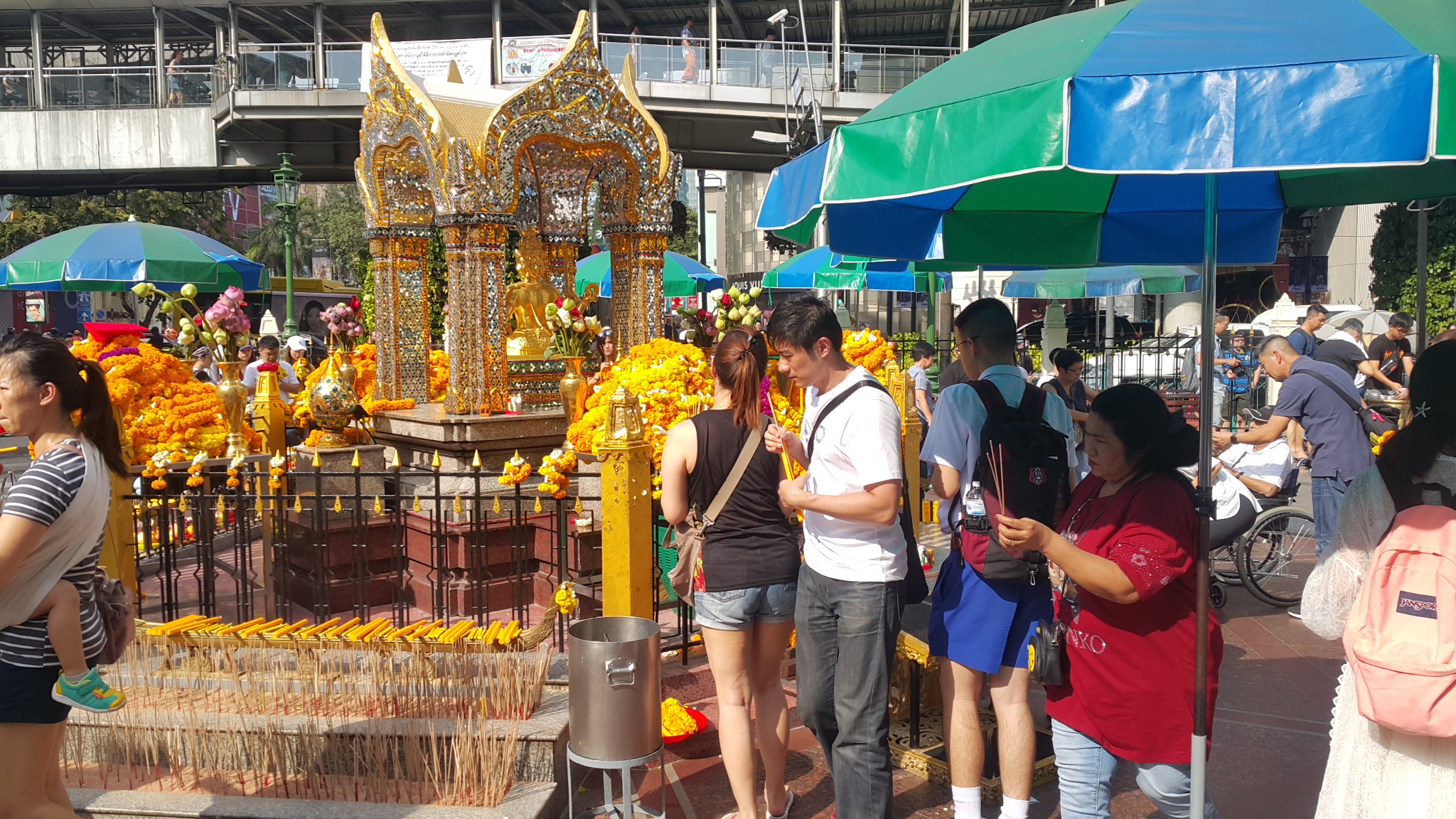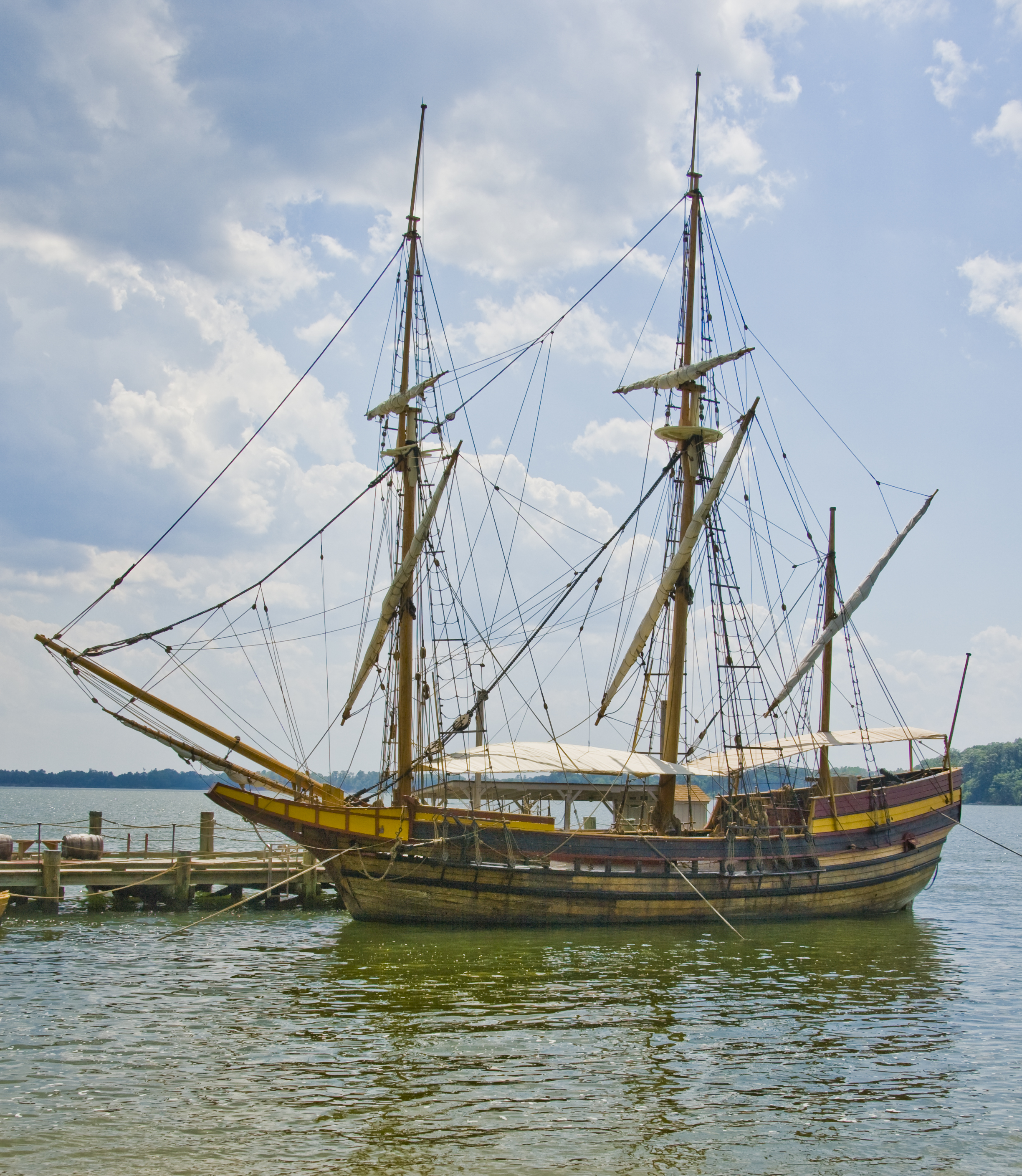|
St. Mary's City
St. Mary's City (also known as Historic St. Mary's City) is a former colonial town that was Maryland's first European settlement and capital. It is now a large, state-run historic area, which includes a reconstruction of the original colonial settlement, and a living history area and museum complex. Half of the area is occupied by the campus of the public honors college, St. Mary's College of Maryland. The area also contains a community of about 933 residents (not counting about 1,400 student residents in campus dorms and apartments)."St. Marys: A When-Did Timeline", pages 6 through 27, by Janet Butler Haugaard, Executive Editor and writer, St. Mary's College of Maryland with Susan G. Wilkinson, Director of Marketing and Communications, Historic St. Mary's City Commission and Julia A. King, Associate Professor of Anthropology, St. Mary's College of Maryland Archives It is an unincorporated community under state law, and is located in southern St. Mary's County, which is the south ... [...More Info...] [...Related Items...] OR: [Wikipedia] [Google] [Baidu] |
Unincorporated Area
An unincorporated area is a region that is not governed by a local municipal corporation. Widespread unincorporated communities and areas are a distinguishing feature of the United States and Canada. Most other countries of the world either have no unincorporated areas at all or these are very rare: typically remote, outlying, sparsely populated or List of uninhabited regions, uninhabited areas. By country Argentina In Argentina, the provinces of Chubut Province, Chubut, Córdoba Province (Argentina), Córdoba, Entre Ríos Province, Entre Ríos, Formosa Province, Formosa, Neuquén Province, Neuquén, Río Negro Province, Río Negro, San Luis Province, San Luis, Santa Cruz Province, Argentina, Santa Cruz, Santiago del Estero Province, Santiago del Estero, Tierra del Fuego Province, Argentina, Tierra del Fuego, and Tucumán Province, Tucumán have areas that are outside any municipality or commune. Australia Unlike many other countries, Australia has only local government in Aus ... [...More Info...] [...Related Items...] OR: [Wikipedia] [Google] [Baidu] |
Living History
Living history is an activity that incorporates historical tools, activities and dress into an interactive presentation that seeks to give observers and participants a sense of stepping back in time. Although it does not necessarily seek to reenact a specific event in history, living history is similar to, and sometimes incorporates, historical reenactment. Living history is an educational medium used by living history museums, historic sites, heritage interpreters, schools and historical reenactment groups to educate the public or their own members in particular areas of history, such as clothing styles, pastimes and handicrafts, or to simply convey a sense of the everyday life of a certain period in history. Background Living history's approach to gain authenticity is less about replaying a certain event according to a planned script as in other reenactment fields. It is more about an immersion of players in a certain era, to catch, in the sense of Walter Benjamin the ' ... [...More Info...] [...Related Items...] OR: [Wikipedia] [Google] [Baidu] |
Maryland Dove
''Maryland Dove'' is a re-creation of the ''Dove,'' an early 17th-century English trading ship, one of two ships (Dove and The Ark) which made up the first expedition from England to the Province of Maryland. The modern ''Dove'' was designed by the naval architect and naval historian William A. Baker. The Dove was a trading vessel that could be sailed by a crew of seven. The much larger Ark, was a passenger ship, and was sailed by a crew of 40 or more. The Dove was left behind as a local trading vessel to facilitate commerce between Maryland and the other colonies. ''Maryland Dove'' Launched in 1978, ''Maryland Dove'' is 56 feet in length on deck, and 76 feet overall with a displacement of 42 tons. She was built by James B. Richardson in a shipyard near Cambridge, Maryland in Dorchester County. Her home port is St. Mary's City, Maryland. The ship is owned by the State of Maryland and operated/maintained by the Historic St. Mary's City Commission. She was commissioned October 8, 197 ... [...More Info...] [...Related Items...] OR: [Wikipedia] [Google] [Baidu] |
Colonial History Of The United States
The colonial history of the United States covers the history of European colonization of North America from the early 17th century until the incorporation of the Thirteen Colonies into the United States after the Revolutionary War. In the late 16th century, England (British Empire), Kingdom of France, Spanish Empire, and the Dutch Republic launched major colonization programs in North America. The death rate was very high among early immigrants, and some early attempts disappeared altogether, such as the English Lost Colony of Roanoke. Nevertheless, successful colonies were established within several decades. European settlers came from a variety of social and religious groups, including adventurers, farmers, indentured servants, tradesmen, and a very few from the aristocracy. Settlers included the Dutch of New Netherland, the Swedes and Finns of New Sweden, the English Quakers of the Province of Pennsylvania, the English Puritans of New England, the Virginian Cavaliers, ... [...More Info...] [...Related Items...] OR: [Wikipedia] [Google] [Baidu] |
Historical Reenactment
Historical reenactment (or re-enactment) is an educational entertainment, educational or entertainment activity in which mainly amateur hobbyists and history enthusiasts dress in historic uniforms or costumes and follow a plan to recreate aspects of a historical event or period. This may be as narrow as a specific moment from a battle, such as the reenactment of Pickett's Charge presented during the Great Reunion of 1913, or as broad as an entire period, such as Regency reenactment. While historical reenactors are generally amateurs, some participants are members of armed forces or historians. The participants, called reenactors, often do research on the equipment, uniform, and other gear they will carry or use. Reenactors buy the apparel or items they need from specialty stores or make items themselves. Historical reenactments cover a wide span of history, from the Roman empire to the major world wars and the Korean War of the 20th century. History Activities related to "ree ... [...More Info...] [...Related Items...] OR: [Wikipedia] [Google] [Baidu] |
Living History Museum
A living museum, also known as a living history museum, is a type of museum which recreates historical settings to simulate a past time period, providing visitors with an experiential interpretation of history. It is a type of museum that recreates to the fullest extent conditions of a culture, natural environment or historical period, in an example of living history. Costumed historians A costumed historian has many roles and responsibilities at historical sites. In addition to conducting tours, interpreting a space, or portraying a historical character, they are also involved in the research process that aides the site interpretation. Full-time staff interpreters develop public programs, tours, and write scripts for interpretative panels, pamphlets, and videos. They often work closely with the curatorial and educational staff to collaborate on ideas about collection tours, school tours, educational programs, and site interpretation. Supervisors are also responsible for t ... [...More Info...] [...Related Items...] OR: [Wikipedia] [Google] [Baidu] |
Heritage Interpretation
Heritage interpretation refers to all the ways in which information is communicated to visitors to an educational, natural or recreational site, such as a museum, park or science centre. More specifically it is the communication of information about, or the explanation of, the nature, origin, and purpose of historical, natural, or cultural resources, objects, sites and phenomena using personal or non-personal methods. Some international authorities in museology prefer the term mediation for the same concept, following usage in other European languages. Heritage interpretation may be performed at dedicated interpretation centres or at museums, historic sites, parks, art galleries, nature centres, zoos, aquaria, botanical gardens, nature reserves and a host of other heritage sites. Its modalities can be extremely varied and may include guided walks, talks, drama, staffed stations, displays, signs, labels, artwork, brochures, interactives, audio-guides and audio-visual med ... [...More Info...] [...Related Items...] OR: [Wikipedia] [Google] [Baidu] |
White Piscataway
White is the lightest color and is achromatic (having no hue). It is the color of objects such as snow, chalk, and milk, and is the opposite of black. White objects fully reflect and scatter all the visible wavelengths of light. White on television and computer screens is created by a mixture of red, blue, and green light. The color white can be given with white pigments, especially titanium dioxide. In ancient Egypt and ancient Rome, priestesses wore white as a symbol of purity, and Romans wore white togas as symbols of citizenship. In the Middle Ages and Renaissance a white unicorn symbolized chastity, and a white lamb sacrifice and purity. It was the royal color of the kings of France, and of the monarchist movement that opposed the Bolsheviks during the Russian Civil War (1917–1922). Greek and Roman temples were faced with white marble, and beginning in the 18th century, with the advent of neoclassical architecture, white became the most common color of new churches ... [...More Info...] [...Related Items...] OR: [Wikipedia] [Google] [Baidu] |
Archaeology
Archaeology or archeology is the scientific study of human activity through the recovery and analysis of material culture. The archaeological record consists of artifacts, architecture, biofacts or ecofacts, sites, and cultural landscapes. Archaeology can be considered both a social science and a branch of the humanities. It is usually considered an independent academic discipline, but may also be classified as part of anthropology (in North America – the four-field approach), history or geography. Archaeologists study human prehistory and history, from the development of the first stone tools at Lomekwi in East Africa 3.3 million years ago up until recent decades. Archaeology is distinct from palaeontology, which is the study of fossil remains. Archaeology is particularly important for learning about prehistoric societies, for which, by definition, there are no written records. Prehistory includes over 99% of the human past, from the Paleolithic until the adven ... [...More Info...] [...Related Items...] OR: [Wikipedia] [Google] [Baidu] |
Religious Freedom
Freedom of religion or religious liberty is a principle that supports the freedom of an individual or community, in public or private, to manifest religion or belief in teaching, practice, worship, and observance. It also includes the freedom to change one's religion or beliefs, "the right not to profess any religion or belief", or "not to practise a religion". Freedom of religion is considered by many people and most nations to be a fundamental human right. In a country with a state religion, freedom of religion is generally considered to mean that the government permits religious practices of other sects besides the state religion, and does not persecute believers in other faiths (or those who have no faith). Freedom of belief is different. It allows the right to believe what a person, group, or religion wishes, but it does not necessarily allow the right to practice the religion or belief openly and outwardly in a public manner, a central facet of religious freedom. Freed ... [...More Info...] [...Related Items...] OR: [Wikipedia] [Google] [Baidu] |
Province Of Maryland
The Province of Maryland was an English and later British colony in North America that existed from 1632 until 1776, when it joined the other twelve of the Thirteen Colonies in rebellion against Great Britain and became the U.S. state of Maryland. Its first settlement and capital was St. Mary's City, in the southern end of St. Mary's County, which is a peninsula in the Chesapeake Bay and is also bordered by four tidal rivers. The province began as a proprietary colony of the English Lord Baltimore, who wished to create a haven for English Catholics in the New World at the time of the European wars of religion. Although Maryland was an early pioneer of religious toleration in the English colonies, religious strife among Anglicans, Puritans, Catholics, and Quakers was common in the early years, and Puritan rebels briefly seized control of the province. In 1689, the year following the Glorious Revolution, John Coode led a rebellion that removed Lord Baltimore, a Catholic, from pow ... [...More Info...] [...Related Items...] OR: [Wikipedia] [Google] [Baidu] |
Colony Of Maryland
The Province of Maryland was an English and later British colony in North America that existed from 1632 until 1776, when it joined the other twelve of the Thirteen Colonies in rebellion against Great Britain and became the U.S. state of Maryland. Its first settlement and capital was St. Mary's City, in the southern end of St. Mary's County, which is a peninsula in the Chesapeake Bay and is also bordered by four tidal rivers. The province began as a proprietary colony of the English Lord Baltimore, who wished to create a haven for English Catholics in the New World at the time of the European wars of religion. Although Maryland was an early pioneer of religious toleration in the English colonies, religious strife among Anglicans, Puritans, Catholics, and Quakers was common in the early years, and Puritan rebels briefly seized control of the province. In 1689, the year following the Glorious Revolution, John Coode led a rebellion that removed Lord Baltimore, a Catholic, fro ... [...More Info...] [...Related Items...] OR: [Wikipedia] [Google] [Baidu] |






.jpg)

